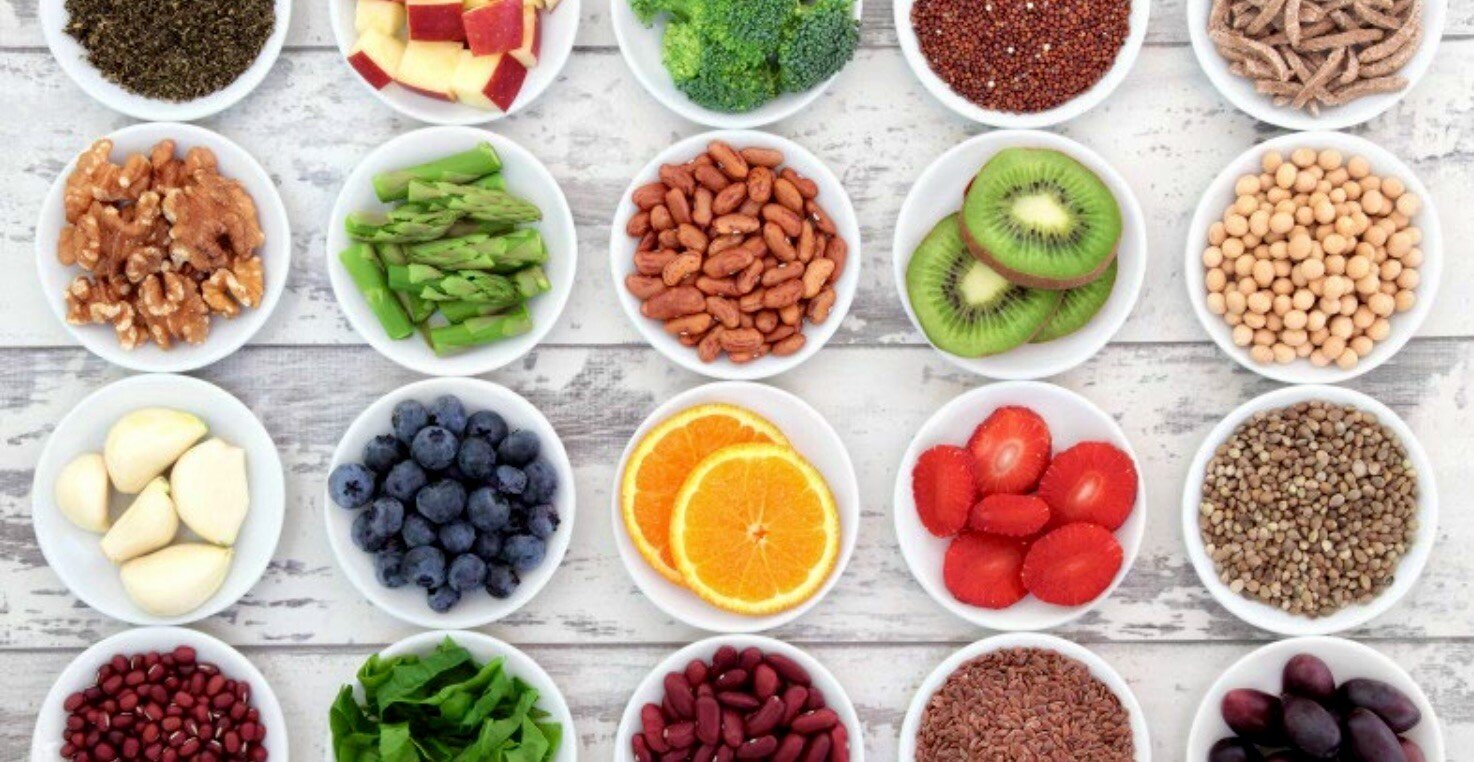Healthy Eating for a Happy Heart
When stress hits hard, many of us eat more, and less-than-healthy comfort foods may be the treats we reach for first. But an unhealthy response to stress can be hard on your body, especially your heart. That’s why it’s smart to try to eat more foods that nourish. It’ll make your heart happier and maybe trim your waistline, too.
Don’t know where to start? Let the National Heart, Lung, and Blood Institute (NHLBI) help.
“We have many recipes for healthy and really tasty dishes, plus an award-winning eating plan called Dietary Approaches to Stop Hypertension, or DASH for short,” said Charlotte Pratt, Ph.D., M.S., R.D., a nutrition expert at NHLBI.
For years, the DASH eating plan has ranked among the U.S. News & World Reports’ best diets for healthy living and heart health. It’s secret, said Pratt: “Eating nutrient-dense foods and meals that are lower in sodium and saturated fat, rich in fruits, vegetables, low-fat dairy, and legumes.”
Some of the recipes NHLBI has developed to support the plan feature healthy versions of comfort foods, such as oven-baked french fries, chicken chile stew, and sweet potato custard. The recipes are easy to make and family-friendly. They include traditional African American, American Indian/Alaska Native, Vietnamese, Latino, and Filipino dishes. You can find these recipes, along with tips about safe cooking, what to stock in your kitchen, and food shopping at healthyeating.nhlbi.nih.gov.
“The DASH eating plan is scientifically proven to lower your blood pressure and cholesterol levels,” said Pratt. And NHLBI research shows that increasing your physical activity and watching your calories while following DASH will also help you lose weight.
DASH requires no special foods, and it helps you set daily and weekly nutritional goals using these simple guides:
- Eat vegetables, fruits and whole grains
- Include fat-free or low-fat dairy products, fish, poultry, beans, nuts and vegetable oils
- Limit foods that are high in saturated fat, such as fatty meats, full-fat dairy foods and tropical oils such as coconut, palm kernel and palm oils
- Limit sugar-sweetened drinks and desserts
To make it easier to follow DASH for life, these tips can help:
- Change gradually. Add one more serving of vegetables a day. Read nutrition labels to choose the food lowest in saturated fat, sodium or salt, and added sugar.
- Vary foods high in proteins. Try a mix of lean cuts of meat. Remove the skin from chicken. Eat fish once or twice a week. Eat two or more meals without meat each week.
- Select healthy, tasty snacks. Have a piece of fruit, a few unsalted snacks such as rice cakes, fat-free or low-fat yogurt, or raw vegetables with a low-fat dip.
- Find substitutes. Try whole-wheat bread or brown rice instead of white bread or white rice. Try beans or seeds such as flax or sunflower seeds if you’re allergic to nuts.
- Follow the U.S. Dietary Guidelines recommendations.
Combining healthy eating habits with other self-care activities can help you reduce stress and take care of your heart. Top of the list: move more throughout the day, get 7 to 9 hours of sleep, and try relaxation exercises such as meditation or yoga. If you smoke, try quitting, and develop a strong social support system to help keep you motivated. Learn more about DASH, heart health, and more at www.nhlbi.nih.gov.
Source: National Heart, Lung, and Blood Institute



